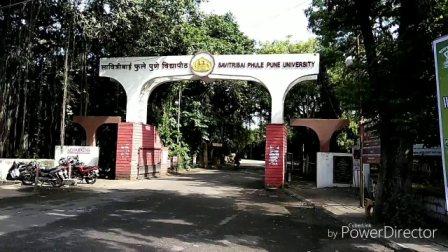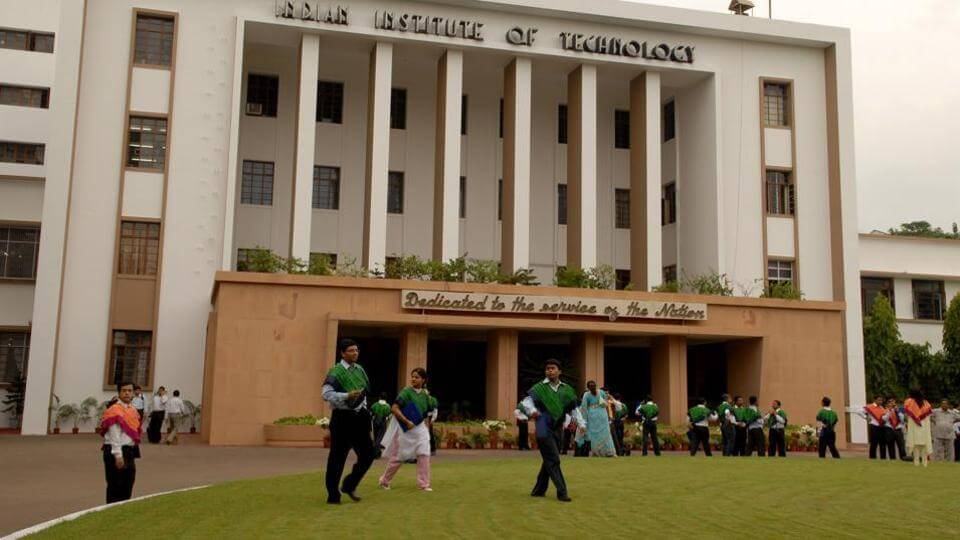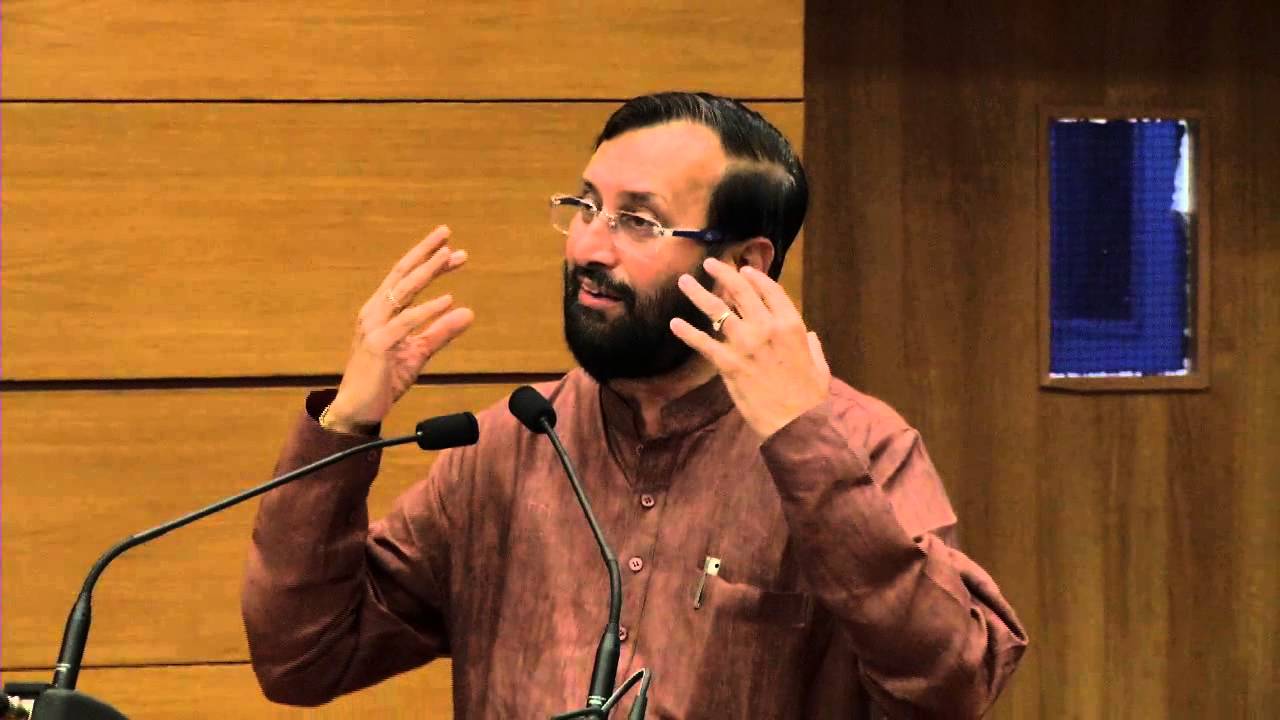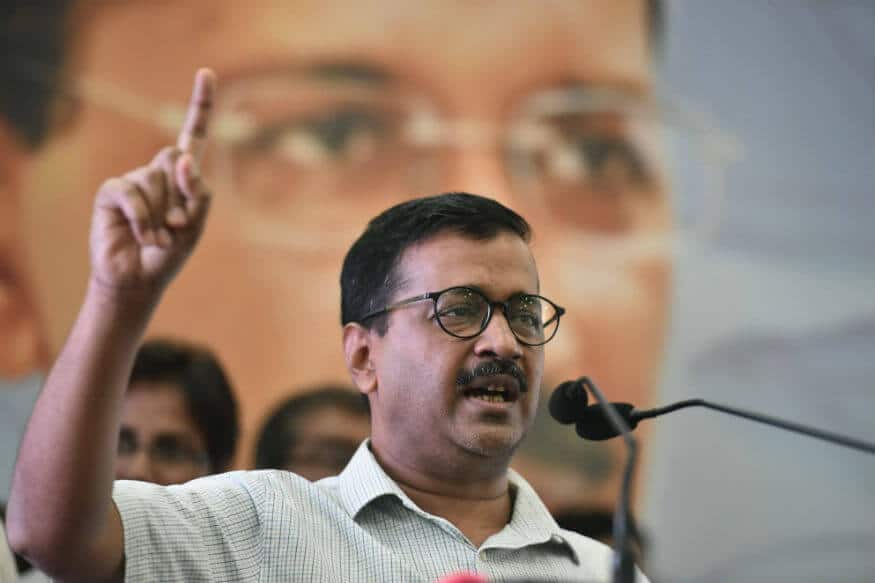Lucknow Public School (LPS) believes that the purpose of education should be to stimulate and guide the self-development of students and nurture innovation among students, says S P Singh, Former Member of the Legislative Council, Uttar Pradesh and Founder Manager, Lucknow Public Schools and Colleges, in a conversation with Arpit Gupta of Elets News Network (ENN).
What is the vision and mission of LPS?
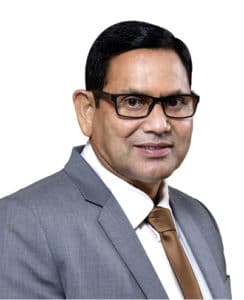
Our vision is to empower and make our country prosperous by providing quality education to a large number of students. Our mission is to try to impart the best quality education to students with support from principals and teachers. It is with our combined efforts that we are producing the best results in the country.
What innovations are adopted in your school and what is the role of technology in improving the educational practices?
When we started the school, only blackboard used to be the tool of the teaching. Nowadays, the technology plays a vital role in education as the entire education sector is using digital tools and devices like tablets, i-pads, smart phones etc to get the knowledge. We also encourage our teachers and students to attend conferences and summit to remain updated about the latest and the best practices of the education segment. Technology is supporting the education fraternity well as the whole world is online and anyone can access unlimited knowledge with a click of mouse.
You have opened a new branch of LPS in New Delhi, please elaborate on the infrastructure and other facilities it offers to students.
This is our first branch out of Uttar Pradesh. The Lucknow Public School branch is located at Asthal Mandir Marg, Sangam Vihar, New Delhi. It has been opened with the unique vision of value based quality education. The school with its world class infrastructure, best teaching practices, digital classrooms, vigilance, security and surveillance system will help students to nurture in a friendly yet secure environment. Like New Delhi, my plan is to open schools in other metropolitan cities of India along with in United Arab Emirates (UAE) and Mauritius.
When we started the school, only blackboard used to be the tool of the teaching. Nowadays, the technology plays a vital role in education as the entire education sector is using digital tools and devices like tablets, i-pads, smart phones etc to get the knowledge.
The group is into school education as well as in higher education, how has been the sync between the two fields?
We have a staff of more than 2,000 people and are teaching more than 28,000 students. We focus on commerce and science till secondary level. We have adopted the curriculum designed and developed by National Council of Educational Research and Training (NCERT) at pre-primary, primary, secondary and senior secondary levels.
At higher education level, we follow the norms decided by the University Grants Commission (UGC). The professional courses conducted in our institutions are as per the industry demand. These professional courses make the students job ready. We always try that the students pursuing degree courses in our institution get the campusplacement and do not remain unemployed after completing their degree.
Recently, we conducted a national level job fest in which over 50 multi-national companies participated and over 500 students received job offer letters. It is our efforts to provide quality education and job offers to as much candidates as possible.
Recently, you got two awards in Dubai for the special contribution in education sector. To whom would you like to give credit for this success?
I was given away two awards in Dubai — The World’s Greatest Brands 2017-18 and The World’s Greatest Leaders 2017-18 Asia and GCC. This achievement becomes possible due to the efforts of complete Lucknow Public School family. Every staff in the school contributes the fullest to impart quality education to students. These efforts helped our students to settle not only in India but also abroad. Their achievements are mirroring our efforts which is helping us to establish our name among the best educational institutes not only in the country but also across the globe. The award is the result of our 35 years’ continuous efforts. The passed out students are fulfilling our vision of nation building by working in the government, public and private organisations in India as well as abroad. Whenever achievements are recognised, it motivates us to continue the good work with more enthusiasm.
In the recently announced board results, Lucknow Public School has performed extremelywell which ranked it among the top 10 schools of the country, what is your take on this?
For the first time, in our school’s history, the first and the second toppers of the ISC-2018 exams are from our college. It is a lifetime achievement for us. Some of our schools are affiliated to CISCE, which is spread across the world and scoring the top positions by students of LPS has established our brand’s name globally. I would like to congratulate students, teachers and their parents for achieving this landmark. Both the toppers have been studying in our school since their early childhood which clearly reflects that we help every student in achieving his/her dream.










